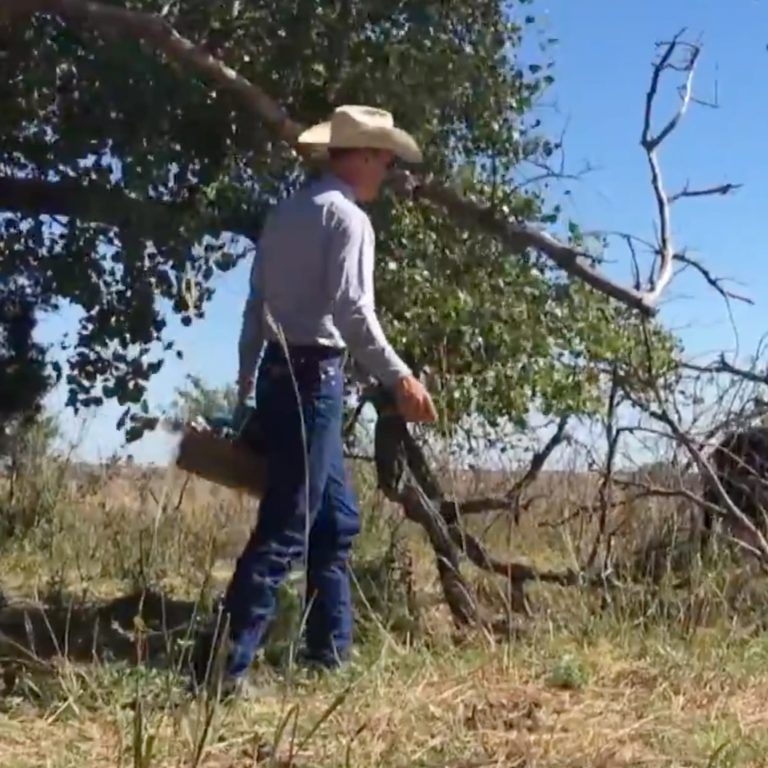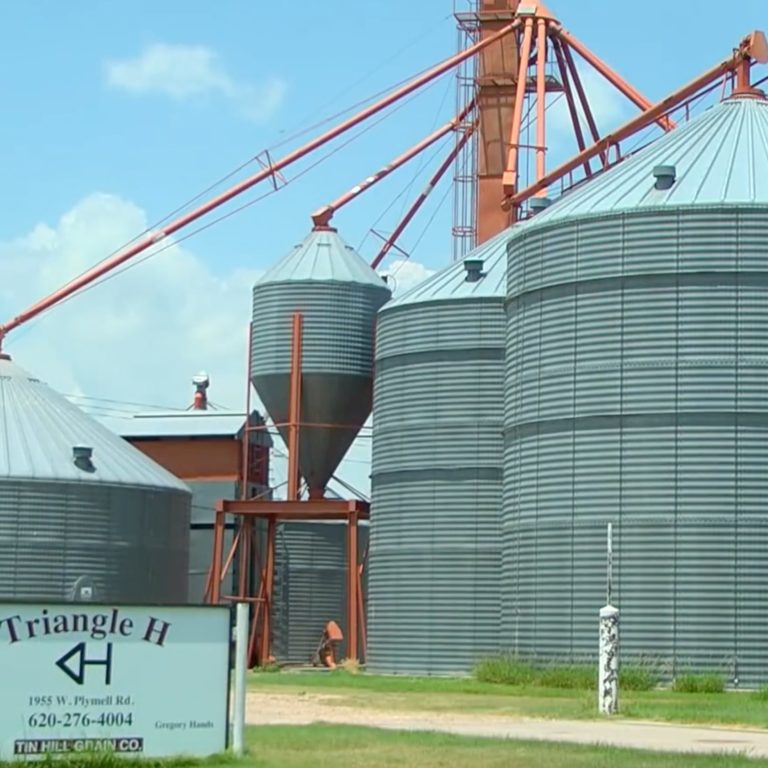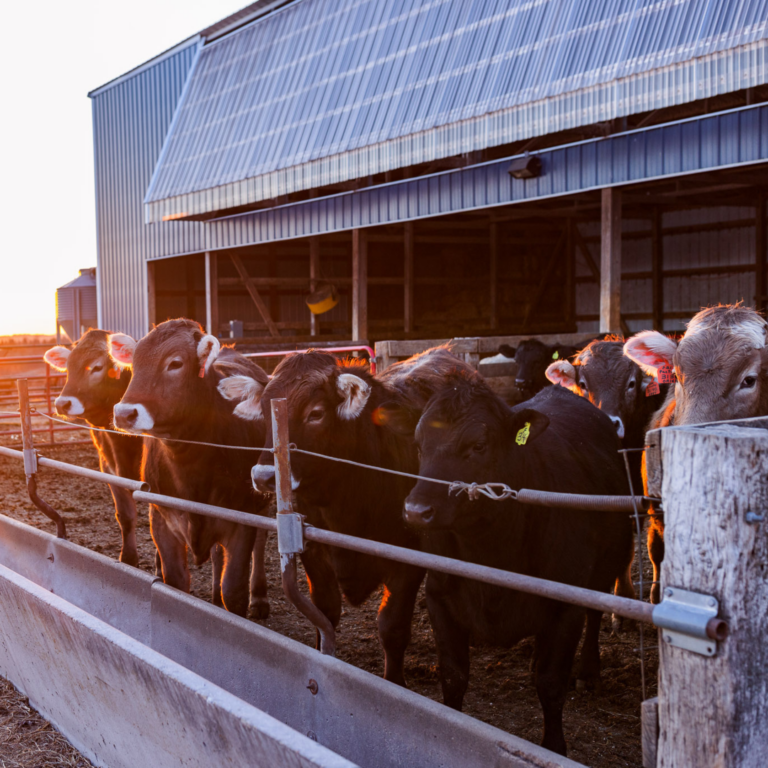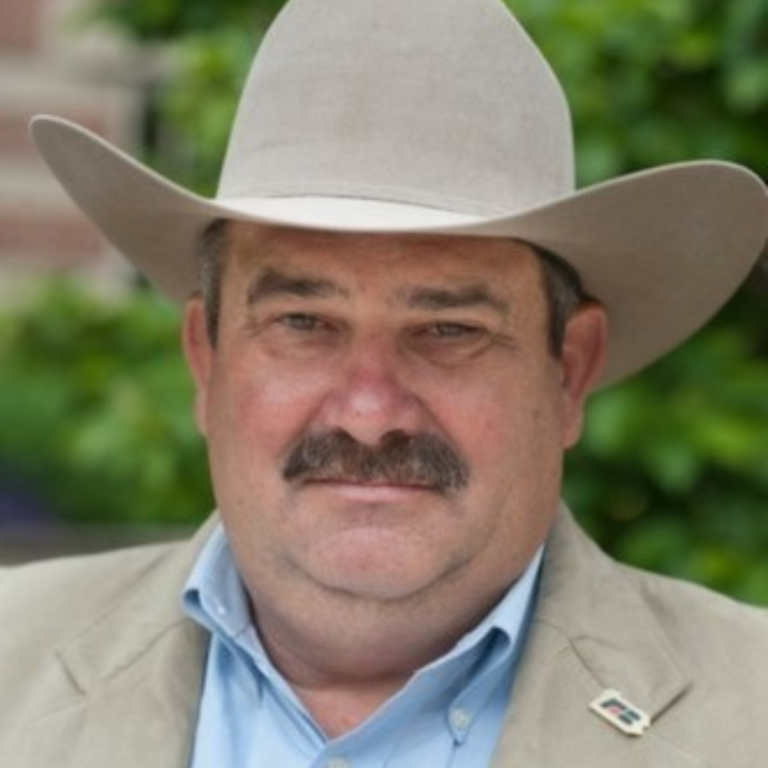Pass It On! Checkoff Brings Together All Sectors of Beef Industry
The Beef Industry Long Range Plan (LRP) is developed every three to five years and lays out aggressive goals to strengthen the beef industry. As part of this initiative, the Beef Checkoff interviewed cattlemen and women across the country to hear the checkoff is helping them for long-term success on their operations.
Townsend Ranch, Montana
 On the Townsend family farm and ranch in Montana, the business brings together many generational views to be successful. Third-generation rancher, Will Townsend highlights the Beef Checkoff programs he says have been most influential for the beef industry.
On the Townsend family farm and ranch in Montana, the business brings together many generational views to be successful. Third-generation rancher, Will Townsend highlights the Beef Checkoff programs he says have been most influential for the beef industry.
“The Beef Checkoff has done a lot of things for the beef industry. The biggest thing, when you look at it from a 30,000 foot view, is that it has brought a lot of different segments together to promote beef,” says Townsend.
Finding market opportunities both foreign and domestic is a major focus of the Beef Checkoff. By investing dollars toward discovering consumer demand for different products in different regions of the world, the checkoff is driving demand for beef around the world.
“Domestic and foreign marketing is something that really probably wouldn’t be done by different segments of the industry without all of them coming together. Again, that probably wouldn’t have been done without the Beef Checkoff.”
How does the Beef Checkoff Help?
The Beef Checkoff plays an important role growing and maintaining beef demand, thus opening new opportunities for cattle producers to sustain their businesses for generations to come. That includes keeping close tabs on what consumers want in terms of end products, as well as sharing information regarding safe and sustainable beef production carried out by cattle producers — ensuring that’s what they find at the meat case when they go to purchase food for their families.
It’s no small task, but checkoff investments are part of the reason that beef demand has remained strong throughout the extremely tight supplies of recent years. In fact, a study by Dr. Harry Kaiser at Cornell University demonstrates that every checkoff dollar invested has a return on investment of $11.20. That means that every dollar invested by cattle producers returns $11.20 more to an operation than would have received without the checkoff in place.
The Beef Checkoff program was established as part of the 1985 Farm Bill. The checkoff assesses $1 per head on the sale of live domestic and imported cattle, in addition to a comparable assessment on imported beef and beef products. States may retain up to 50 cents on the dollar and forward the other 50 cents per head to the Cattlemen’s Beef Promotion and Research Board, which administers the national checkoff program, subject to USDA approval.



















































































